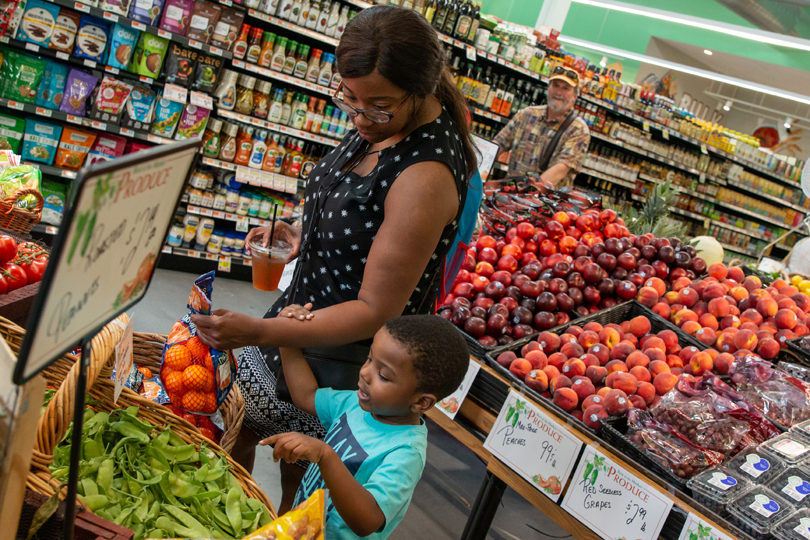Health Equity
Food insecurity
Percentage of households with low or very low food security


About this data measure
- Food insecure households do not have enough food to meet the needs of all members due to insufficient money or other resources. (Source: USDA)
- From 2016 to 2020, Rhode Island saw a large decrease in food insecurity, but since 2020 there have been slight increases for this indicator. However, Rhode Island continues to remain below the national average and is a top performing state for food security.
- National data reveal that single parent households and Black households are more likely to be food insecure than other groups. Similar data are needed at the local level to better understand disparities.
- Food insecurity is also a Rhode Island Health Equity Measure.
Measure Source: United States Department of Agriculture
